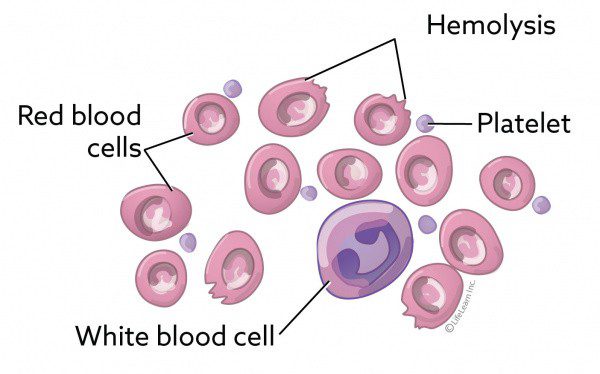
When can a dog get babesiosis?
Two waves of tick parasitism are observed: spring (from April to mid-June) and autumn (from the third decade of August to the first decade of November). Peak numbers of ticks occur in May and September.Canine babesiosis is constantly registered on the territory of the Republic of Belarus, and the epizootological characteristics of this disease have changed significantly over the past decades. Previously, dog babesiosis was called the “forest disease”, since animals were attacked by infested ticks exclusively during walks outside the city. In recent years, the situation has changed dramatically. Indeed, if in the 1960s and 70s dogs became infected with piroplasmosis in dachas, in the forest, while hunting, etc., then in the late 1980s and early 1990s, most of the cases of dog disease were registered directly in the city. Dogs most often get babesiosis after being attacked by ticks in city parks and squares, and even in yards. This was facilitated by the formation of biotopes of ixodid ticks in the cities in the same period, as well as a sharp increase in the number of dogs among the urban population in the late 1980s. In addition, it should be noted that in past years, mainly dogs of cultivated breeds fell ill, there were two pronounced rises in the disease (spring and autumn), and in general it had a sporadic character. Currently, a significant number of cases of outbred and crossbred dogs are registered, and the disease is increasingly becoming widespread. According to many authors, this disease accounts for 14 to 18% of the total number of diseased dogs that were provided with veterinary services in the spring. autumn period. In addition, according to statistics over the past 10 years, the incidence of babesiosis in dogs has increased several times (P.I. Khristianovsky, 2005 M.I. Kosheleva, 2006). This is largely due to the continuous and uncontrolled increase in the number of dogs, especially homeless people, the lack of effective means of prevention, the unsanitary state of walking areas. Since the mass treatment of forests with insecticides has ceased, the reproduction of ixodid ticks has practically not been regulated, and their population is constantly growing. Due to the change in the epizootic situation of dog piroplasmosis in the Republic of Belarus in recent years, works devoted to this problem began to appear in literary sources.
See also:
What is babesiosis and where do ixodid ticks live
Babesiosis in dogs: symptoms
Babesiosis in dogs: diagnosis
Babesiosis in dogs: treatment
Babesiosis in dogs: prevention





